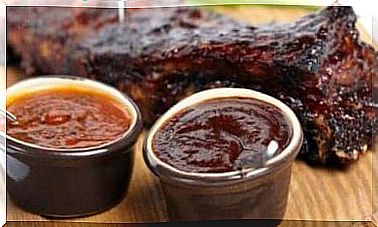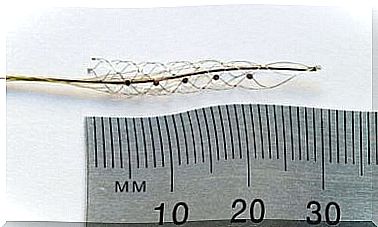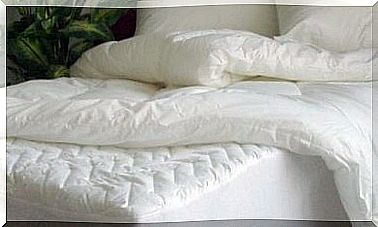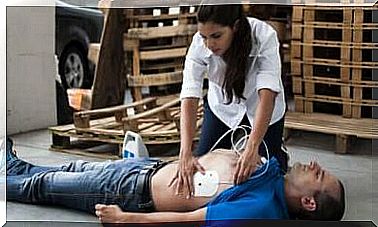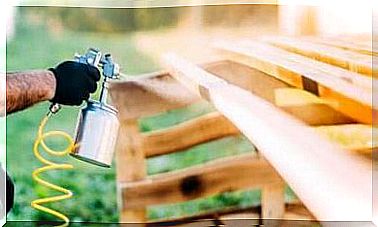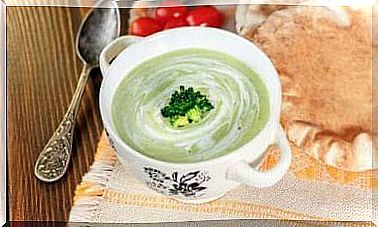Fat In The Stool: Cause And How To Prevent It
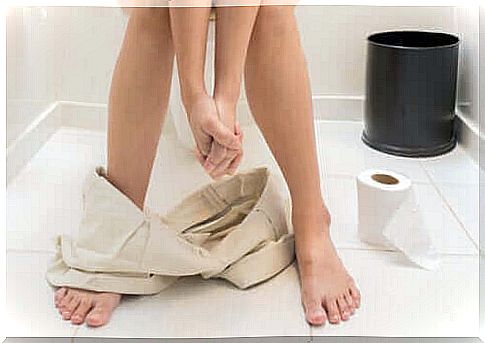
Stool consists of waste products that arise as a result of the digestion of food consumed during the day. Usually the stool has a characteristic appearance and composition and this depends on our diet. However, sometimes one can find fat in the stool, which is a sign that something is not working properly.
The presence of micelles, or fatty deposits in the stool, is a clinical manifestation called steatorrhea. Studies show (Spanish link) that pancreatic lipases, bile acids and the intestinal epithelium regulate the digestion and absorption of fats. A malfunction of one of these parts can therefore lead to the development of this condition.
Unfortunately, the epidemiology of steatorrhea is difficult to establish, as it is often unclear at first. Certain lab tests are needed to confirm the presence of fat in the stool.
Symptoms of steatorrhea

The characteristics of the stool often change due to the presence of fat in the stool. The stool may then become bulkier, smell foul and be pale. This stool often floats in the toilet, making it more difficult to flush.
In some cases, steatorrhea is more obvious and it is possible to observe fat micelles in the toilet, similar to what happens when water and oil are mixed. One of the main causes of this clinical manifestation is the malabsorption syndrome, so people may also have other common symptoms such as:
- chronic diarrhea.
- cramping and swelling of the abdomen.
- flatulence.
- weight loss.
Children may have more serious symptoms, such as stunted growth and delayed puberty. It is important to remember that young children need a certain amount of nutrients and energy for their development.
Causes and risk factors
Fat in the stool usually occurs when there is a deficiency in the production of pancreatic lipases or bile acids. It can also result from damage to the epithelium of the first part of the small intestine. Therefore, many diseases that affect the liver, pancreas, or gut can cause steatorrhea.
Any conditions that can cause exocrine pancreatic insufficiency (EPI) may be at the root of the symptom, due to a lack of enzyme production. According to some studies, chronic pancreatitis is the most common cause of EPI in adults.
A common condition that can cause the appearance of fat in the stool is celiac disease. This is a disease that affects the epithelium of the small intestine, impeding the absorption of fats. Other diseases where fat can appear in the stool include:
- cystic fibrosis.
- cholestasis.
- Crohn’s disease.
- HIV enteropathy.
- Whipple’s disease.
- parasitosis, such as giardiasis.
- pancreatic or bowel surgery.
How can fat in the stool be diagnosed?
Doctors can diagnose the presence of fat in the stool based on clinical findings. However, several lab tests are needed to confirm the diagnosis. The specialist may first ask questions about the general characteristics of the stool. In addition, he will watch for signs that indicate the presence of underlying diseases.
The necessary laboratory tests consist of a qualitative and quantitative analysis of fat in stool samples. The qualitative analysis is intended to demonstrate the presence of macroscopic fat in the sample. A special dye is added for this, which changes color in the presence of fat.
The quantitative analysis, on the other hand, aims to determine the amount of fat that is expelled in a certain period of time. This requires the patient to take several stool samples over the course of 1, 2, or 3 days. The result will be positive if more than 7 grams of fat is excreted in the stool in 24 hours.
Available Treatments for Fat in Stool

The treatment of the presence of fat in the stool depends on the disease causing this manifestation. In general, it is best to maintain a balanced diet that is low in fat and to ensure proper hydration. It is also necessary to find out which foods trigger the symptoms so that they can be avoided.
General measures, such as rest and smoking cessation, can also help reduce symptoms. Drinking less alcohol is usually also good, as is the administration of antiflatulents, antacids and antidiarrhoeal drugs.
- The administration of exogenous pancreatic enzymes is useful in case of exocrine pancreatic insufficiency.
- Following a gluten-free diet and proper education are essential for patients diagnosed with celiac disease.
- Finally, the administration of ursodeoxycholic acid and surgery are the first-line treatment for e.g. cholangitis.
When should you see a doctor?
You should consult a specialist if you notice the presence of micelles or fat in the stool. It is also important to get professional help if you have an increase in the number of daily stools or if you have pale or very foul smelling stools.
The presence of fat in the stool may indicate the presence of a malabsorption syndrome. In that sense, sudden and involuntary weight loss and abdominal pain should be warning signs.
Fat in the stool: a problem not to be underestimated
The presence of fat in the stool can be a difficult phenomenon to notice because the symptoms are usually very non-specific in the beginning. It is characterized by sudden and subtle changes in the stool, especially in the smell, color and amount. In addition, general symptoms may appear as the underlying disease progresses.
This clinical manifestation may be due to multiple pathologies affecting the pancreas, bile ducts or intestinal epithelium. These can lead to poor absorption of nutrients, which worsens the general condition. So you should seek medical attention in the presence of any abnormal symptom.
